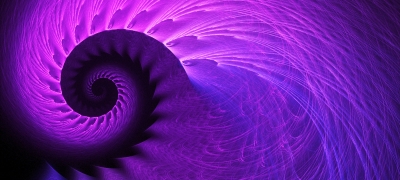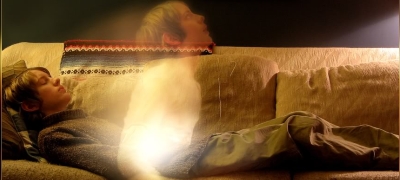Adventures into the Afterlife realm of reality




Near Death Experience
Dr. Raymond Moody coined the term "near-death experience" in his 1975 book, "Life After Life." Many credit Moody's work with bringing the concept of the near-death experience to the public's attention, but reports of such experiences have occurred throughout history. Plato's "Republic," written in 360 B.C.E., contains the tale of a soldier named Er who had an NDE after being killed in battle. Er described his soul leaving his body, being judged along with other souls and seeing heaven.
NDE and the Afterlife
Many view the NDE as the precursor to an afterlife experience, claiming that the NDE cannot be adequately explained by physiological or psychological causes, and that the phenomenon conclusively demonstrates that human consciousness can function independently of brain activity. Many NDE-accounts seem to include elements which, according to several theorists, can only be explained by an out-of-body consciousness.
For example, Michael Sabom states that one of his contacts accurately described a surgical instrument she had not seen previously, as well as a conversation that occurred while she was under general anesthesia. In another account, from a prospective Dutch NDE study, a nurse removed the dentures of an unconscious heart attack victim, and was identified after his recovery as the one who removed them. This surprised her, as he had been in a deep coma and undergoing cardio-pulmonary resuscitation at the time.
Dr. Michael Sabom reports a case about a woman who underwent surgery for an aneurysm. The woman reported an out-of-body experience that she claimed continued through a brief period of the absence of any EEG activity. If true, this would seem to challenge the belief held by many that consciousness is situated entirely within the brain.
Many individuals who experience an NDE see it as a verification of the existence of an afterlife. This includes those with agnostic/atheist inclinations before the experience. There are examples of ex-atheists, such as the Reverend Howard Storm, adopting a more spiritual viewpoint after their NDEs. Storm's NDE may also be characterized as a distressing near-death experience
There has been recent research into afterlife conceptions across cultures by religious studies scholar Dr. Gregory Shushan. The study analyzes the afterlife beliefs of five ancient civilizations (Old and Middle Kingdom Egypt, Sumerian and Old Babylonian Mesopotamia, Vedic India, pre-Buddhist China, and pre-Columbian Mesoamerica) in light of historical and contemporary reports of near-death experiences, and shamanic afterlife "journeys". It was found that despite numerous culture-specific differences, the nine most frequently recurring NDE elements also recur on a general structural level cross-culturally. This suggests that the authors of these ancient religious texts were familiar with NDE or something similar (e.g. shamanic-type experiences). Cross-cultural similarity, however, can be used to support both religious and physiological theories, for both rely on demonstrating that the phenomenon is universal. Others dispute that there are cultural similarities.
A Lawyer Presents a Case for the Afterlife
The Near Death Experience (NDE) is a powerful argument for the existence of the afterlife which because of recent advances in medical science is becoming widely reported. As medical resuscitation techniques are being improved more and more people are being brought back from the border of clinical death. A number of them recount an intense profoundly meaningful experience in which they seem to be alive and functioning outside their body. For many, a Near Death Experience is an extremely powerful emotional and spiritual experience.
The evidence for the NDE is consistent, overwhelming and experienced by the many. It is also consistent with evidence for other psychic phenomena—OBEs, with the information obtained from mental and physical mediums, and with apparitions.
The more informed closed-minded skeptics now acknowledge that there is no dispute at all about the existence of the NDE. The dispute is about what it means.
What Does Science Say?
The Near-Death Experience recently gained an increased scientific respectability by the publication of an article in The Lancet authored by Dr. Pim van Lommel of the Rijnstate Hospital at Arnhem (the Netherlands) and his collaborators (Lommel, et al. 2001). Their prospective work with cardiac patients who were successfully resuscitated after cardiac arrest, resembles similar research by Dr. Sam Parnia at the University of Southampton and his colleagues (Parnia et al., 1998).
Both Van Lommel and Parnia have concluded that NDEs are real and that they cannot be explained by physiological or psychological causes (alone). Moreover, they have both accepted the implication that consciousness is not destroyed when our brain acitivity ceases, but that there is a continuity beyond brain coma and therefore probably after brain death as well. Consciousness does not ultimately depend on brain activity for its very existence, which makes it downright irrational to take for granted the idea that it would be obliterated after the brain ceases to exist as a physical system.
 The cinema has touched on the theme of the near-death experience.
I have picked out what I feel is the best on film in movies.
The cinema has touched on the theme of the near-death experience.
I have picked out what I feel is the best on film in movies.